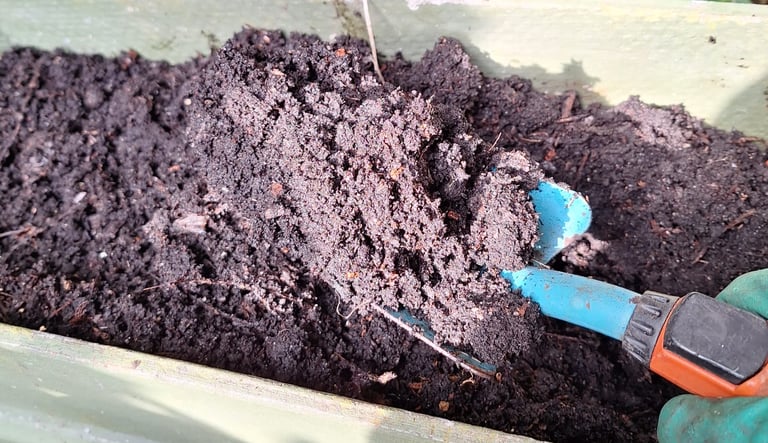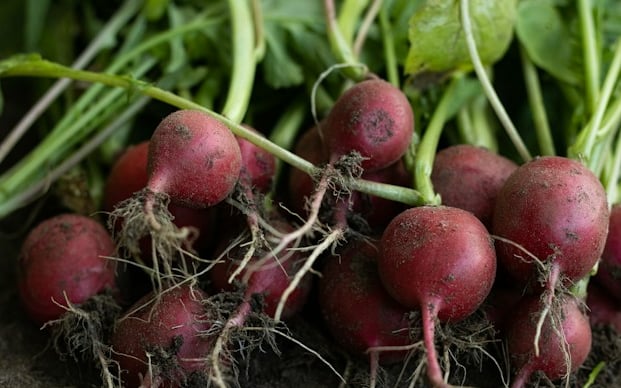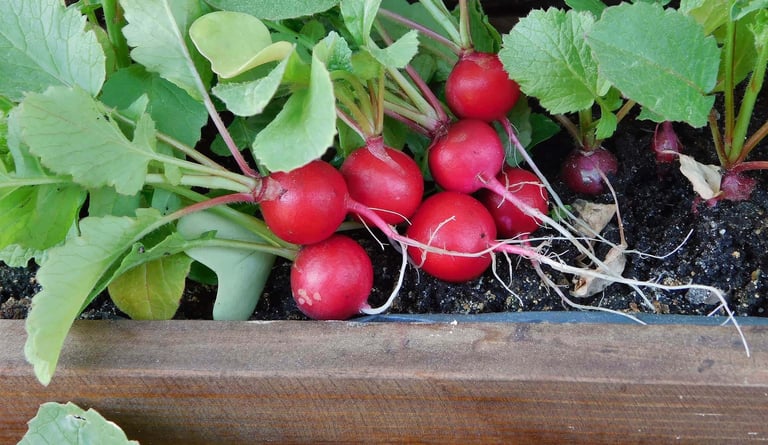How to Grow and Care for Radishes in Containers
The best way to grow Radishes is to use well-draining soil, ensuring sufficient sunlight, regular watering, proper spacing, and timely harvesting for crisp, flavorful radishes in just a few weeks.
In this actionable, no-fluff guide we will show you how experts grow radishes so you can to.








Ideal Soil and Planting for Radishes in Containers
Use a well-draining, fertile potting mix and garden bed with good drainage.
Radishes can be sown directly into the container, we found that this is similar to most other container plants. Plant the seeds about 1 cm (half an inch) deep and space them 2-3 cm (about an inch) apart. They can be planted from early spring and throughout the summer for a continuous harvest.
Watering and Sunlight Requirements
Radishes need about six hours of sunlight daily. When we grow radishes we always place the container in a sunny spot because it results in the best possible growth.
Water regularly to keep the soil consistently moist but not soggy. Over or under-watering can affect the quality of the radishes.


Thinning the Seedlings
After multiple times of growing radishes, we concluded that it is best to thin vegetable seedlings when the radish seedlings are a few centimeters tall, thin them so they are about 5 cm (2 inches) apart. This gives each radish enough space to develop properly.
Pest and Disease Management
Keep an eye out for pests like flea beetles. Regular inspections and prompt action if pests are spotted can keep your radish plants healthy similar to growing beetroot in containers.
Radishes are relatively disease-resistant but watch for signs of mildew or rot, as these are common problems when growing radishes.






Harvesting
Radishes grow quickly and can usually be harvested about three to four weeks after planting, a little faster than growing carrots or beets.
They are ready when they are about 2.5 cm (1 inch) in diameter. Don’t wait too long to harvest, as saving radishes can be difficult because they can become woody and lose their flavor.
Fertilization
Lightly fertilize your radishes comparable when growing container dill with a balanced, water-soluble fertilizer to ensure they have the necessary nutrients for growth.
We found that avoiding high-nitrogen fertilizers is beneficial, as they can promote leafy growth at the leaves and stems of the radish bulbs.





Sources
Nature and Sustainability uses only high-quality sources, including peer-reviewed studies to support the facts we describe in our articles. Please read our editorial policy to learn more about how we keep our content accurate, reliable, and trustworthy.
Facts about growing and planting radishes: Growing Radishes in a Home Garden | University of Maryland Extension (umd.edu)
Managing pests and diseases and extended information and facts about planting: Growing radishes in home gardens | UMN Extension
Facts about harvesting, fertilization, and insects: How to Grow Radishes in Your Garden | USU
Facts about radishes: Radishes (Home Gardening Series) (uada.edu)
Ideal soil for radishes: https://www.dpi.nsw.gov.au/agriculture/horticulture/vegetables/commodity-growing-guides/radish-growing
Share this article:




Article By:
Calin is in the garden industry for 5 years now and knows a lot about gardening and plants. He is the owner of this website and responsible for most of the content.


